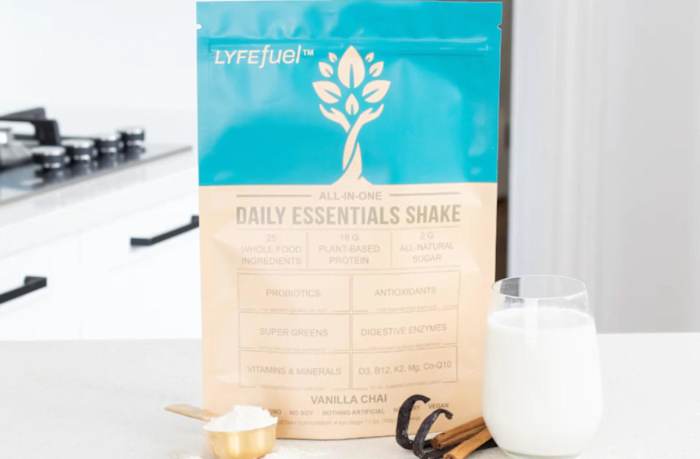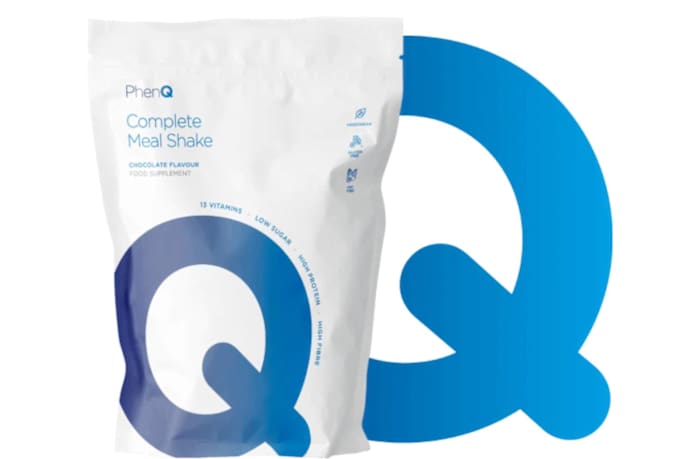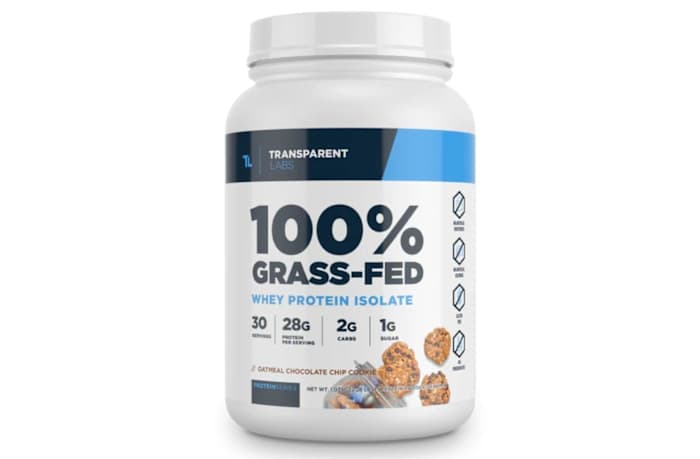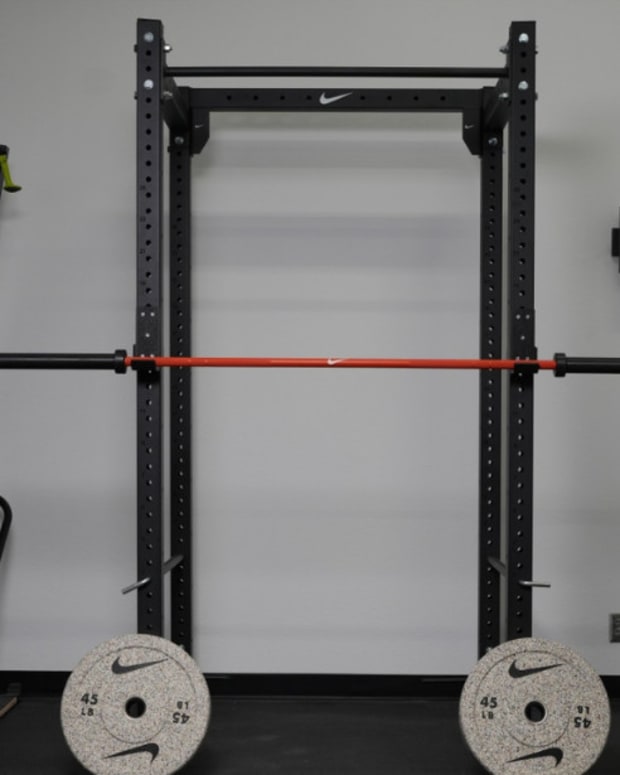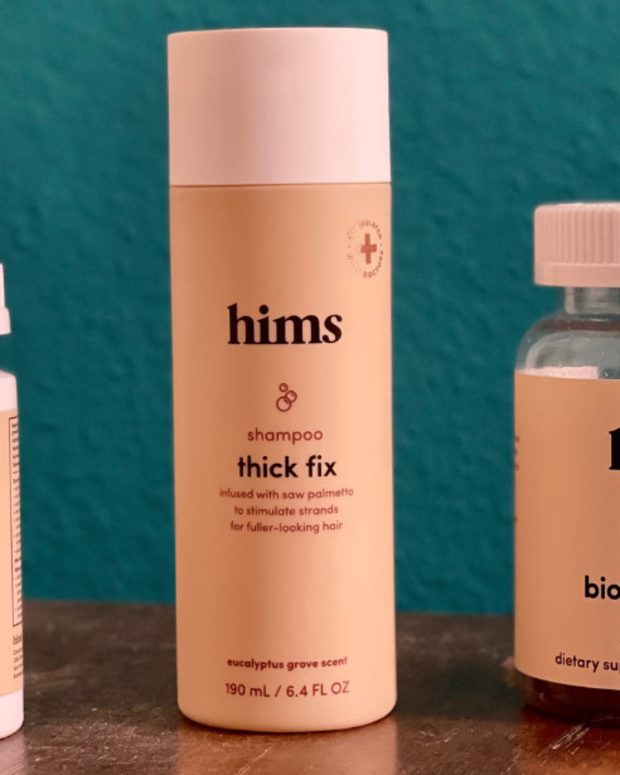The products featured in this article have been independently reviewed. When you buy something through the retail links on this page, we may earn commission at no cost to you, the reader. Sports Illustrated editorial staff are not involved in the creation of this content. Learn more here.
In the teen comedy Mean Girls, a character famously chows down on the calorie-dense “Kälteen” bars, unwittingly, for comedic effect. In real life however, people knowingly drink calorie-dense shakes if their goal is to bulk or jumpstart muscle growth. The key: Understand your nutrition choices, rather than be duped by them. One way you can take charge is to recognize the differences between a meal replacement shake versus a protein shake.
That’s an especially important distinction because, to the detriment of those on strict nutrition guidelines, “meal replacement shake” and “protein shake” are often used interchangeably. So, we’re here to help you up your nutrition label literacy. That way, you’ll know the difference between meal replacement and protein shakes, and can decipher which one among the two is the better nutritional choice for your fitness goals. All the information we’re sharing has also been reviewed by contributor Pete Nastasi, a performance-minded nutritionist and clinical weight-loss practitioner.
This content is meant to be informative, but should not be taken as medical advice. It is not intended for use as diagnosis, prevention or treatment of health problems. Always speak with your doctor before starting any new supplement or exercise regimen.
What Is a Meal Replacement Shake?
A meal replacement shake is exactly as a name implies: A shake designed to replace one of your meals. These can come in a ton of different forms, ranging from low-calorie shakes for weight loss to high-calorie shakes for building bulk and muscle.
“SlimFast” is one brand that comes to mind as a good example of a meal replacement shake, since the purpose of the shake is right there in the name: To lose weight. Most meal replacement shakes aim to adequately nourish you, but without providing excess calories—only the macronutrients that are needed for a balanced diet. No more, no less.
What Is a Protein Shake?
A protein shake should always boast a relatively high amount of protein in the nutritional values, and their purpose is usually fairly similar across the board: A protein drink or shake will always have the specific goal of protein supplementation. The nutritional content of a protein shake is in large part determined by the type of protein, which includes whey protein isolate, whey protein concentrate, casein and plant-based protein sources.
What are the Macronutrients in Both?
Some protein shakes, especially the “bulking” variety, have more nutrition value than others, and boast a complete profile of macronutrients—fats, carbohydrates and proteins. However, always read nutrition labels carefully for the percent daily values of these vital energy-providing macros as listed: Many protein shakes use highly concentrated sources of protein that keep most, if not all, fats and carbs out of the formulation.
In a meal replacement shake, you should always see a complete macronutrient profile of healthy fats, carbs and protein. One thing to be wary of though: Look out for meal replacement shakes with excessive saturated fats and added sugars—adults should limit their intake to less than 10 percent of daily calories to saturated fats and added sugars.
Meal Replacement Shake Versus Protein Shake: What’s the Difference?
Sometimes, there’s a lot of overlap in the venn diagram of protein shake versus meal replacement. That’s especially the case for protein shakes that are aimed toward “bulking,” which tend to have more calories, carbs and fats, making them a healthy meal replacement shake. Even so, there’s a key difference: A bulking protein shake typically aims to put you in a calorie surplus, whereas a traditional meal replacement shake plan, when strictly followed, aims to put you in a calorie deficit.
So, with the exception of some bulking protein powders, most protein shakes do not offer the complete, balanced profile of the necessary macronutrients for an everyday diet that are offered in a meal replacement shake. Instead, the main goal is to up your protein intake, to the exclusion of other important macronutrients. And while some meal replacement shakes may boast a decent serving of protein, protein supplementation is typically not their primary function.
When to Choose a Meal Replacement Shake Versus a Protein Shake?
“When choosing a protein shake versus meal replacement, it comes down to what an individual wants to get from the supplement,” says Shane Mikesky, a registered dietician and performance coach at Future. If your goal is simply more protein, then “a traditional protein shake will do the trick,” he says. If you want an option “to consume quickly that mimics a meal,” then a meal replacement shake fits your dietary needs better.
But before you start scooping into your shaker bottle, be sure that the meal replacement shake fits your specific wellness goals: Different meal replacement shakes have different purposes, and consequently, the nutritional values of meal replacement shakes vary widely. For instance, some meal replacement drinks are meant to curb cravings and restrict calories to aid weight loss, while others are meant to conveniently deliver concentrated calories for bulking and building muscle mass.
Our Favorite Meal Replacement Shakes and Protein Shakes
- LyfeFuel Essentials Shake
- Transparent Labs Mass Gainer
- PhenQ Meal Shake
- Transparent Labs 100% Grass-Fed Whey Protein Isolate
- XWERKS Grow
LyfeFuel Essentials Shake
For anyone looking for a low-calorie meal replacement shake that still provides plenty of nutrients and essential vitamins from whole foods, LyfeFuel might just be the answer. LyfeFuel’s Essentials powder drink mix contains 18 grams of plant-based protein, a full serving of vegetables from a mixture of 10 different greens, antioxidants from berries, micronutrients from different vitamins and minerals, probiotic strains and additional ingredients such as pomegranate seeds and CoQ10 to potentially reduce inflammation and promote heart health. At only 110 calories per serving, it might not be quite enough to fully replace a meal, but it makes a great between-meal snack or accompaniment to other foods to round out a meal.
Transparent Labs Mass Gainer
Mass Gainer pulls double-duty as both a meal replacement for bulking and protein shake for muscle hypertrophy. Each serving provides a balance of the three macros—53 grams of protein, 109 grams of carbs and 14 grams of fat. The protein is especially important because it provides amino acids that serve as the building blocks of muscle tissue. One thing to look out for: Mass Gainer’s fat portion does include 11 grams of saturated fat, which is more than half of the daily recommended intake. Try Mass Gainer once for $79.99, or set up a subscription at $71.99 per order.
PhenQ Meal Shake
PhenQ Meal Shake is another full meal replacement; however, this time the blend is a low-calorie formulation geared toward slimming down rather than bulking up. You still get all of the macronutrients your body needs, including 16 grams of protein, 3.5 grams of fat and 21 grams of carbohydrates in the chocolate flavor. The powder is also sold in strawberry and cream and vanilla flavors. And while we don’t have the lab equipment to verify some of PhenQ’s bolder fat-burning claims for its meal shake, we can confirm that the balance of macros is equivalent to a solid plate for the person trying to cut calories. However, just bear in mind you can’t be overly restrictive, or risk not getting sufficient nutrients. Although the formulation is ready-to-drink mixed with just water, try mixing the powder with a nut butter, protein powder or fresh fruit as a nice way to round out the macros.
Transparent Labs 100% Grass-Fed Whey Protein Isolate
Specific protein requirements vary by body weight, but regardless, your daily protein requirement will be quite high if you’re trying to build muscle. For a protein powder with a narrow focus on building lean muscle, we love Transparent Labs’ Grass-Fed Whey Protein Isolate. Because the powder is a whey isolate, unlike a less-dense whey protein concentrate, the formulation is free of sugar, fat, carbs and lactose. That helps you keep your calorie intake down while still getting enough protein for muscle hypertrophy.
XWERKS Grow
XWERKS Grow is another option that allows you to make delicious protein shakes with fewer calories. Each flavor (strawberry, chocolate, peanut butter and vanilla) has a solid protein content to calorie ratio: 24 grams per 110 calories. And with just one gram of carbs, the powder is friendly to keto diets as well.
Final Thoughts
Meal replacement shakes and protein shakes most often fall under a dietary supplement category, which isn’t FDA regulated. For that reason, always be sure to check for high-quality, evidence-based ingredients. Also keep in mind that shakes should never outright usurp your food intake. You should have plenty of full meals with whole foods throughout the day since there are essential vitamins, antioxidants and other irreplaceable micronutrients in whole foods.
Instead, think of protein shakes and meal replacement shakes as a tool to help pad an already-healthy diet with additional protein for muscle gain; or a balanced profile of macronutrients for a specific weight gain or weight loss goal. Not to mention, you’ll probably be pretty miserable if you’re on a 24/7 liquid diet. And the best body recomposition strategies, including the top weight loss and bulking strategies, introduce slow, steady, sustainable changes to your diet in conjunction with physical activity.
Prices are accurate and items in stock as of publish time.

